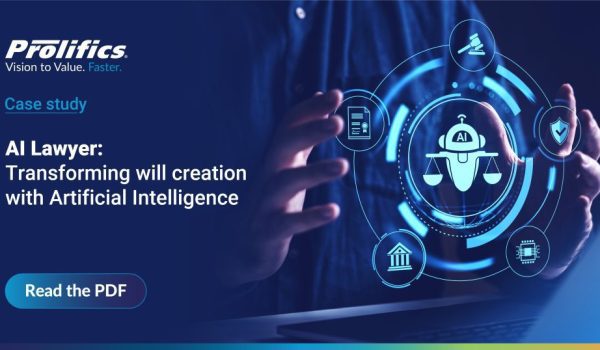When Prolifics engineers first learned about HL7’s FHIR standards, in response to the Healthcare industry’s challenge with interoperability, ideas began pouring into our Innovation Center. The result: our Quick FHIR solution that goes beyond API integration with your existing systems to include a layer of security and AI and machine learning technology to help you better manage and analyze your data.
This infographic provides an at-a-glance description of the benefits of FHIR to your health organization. Be sure to click to see the large version.

Who benefits from FHIR?
Developers
FHIR builds on, co-exists with and leverages HL7’s earlier product lines (HL7 v2, HL7 v3, CDA) and uses common web standards (RESTful services, XML, JSON, HTTP, and OAuth), so developers wanting to try their hand at FHIR may find themselves in familiar territory. They will also find the following appealing about FHIR:
- Open-source and free to use
- Comes with out-of-the-box interoperability
- Base resources can be used as-is or adapted as needed
- Integrates with popular web service technologies
Patients
Making health data accessible to patients lets them take more control of their own healthcare decisions. From diet and exercise to treatment and medicine, more data about health factors means smarter consumers. Patients benefit because FHIR:
- Allows new technologies to aggregate health data
- Example: Apple’s Health app
- Eliminates duplicate tests and services, reducing costs
- Prevents errors due to missing or incomplete patient data
- According to a study conducted by Johns Hopkins, 44 percent of medical error deaths are preventable
Researchers
FHIR has the potential to make healthcare data more available for clinical research, epidemiology, outcomes research and more. Accessible EHR and patient-originated data can mean:
- Shorter, less expensive clinical trials
- Improved interactions with clinicians and patients
- Improved risk assessment of new medical products
Physicians
EHR integration lets physicians find health records and the data they contain more quickly. With AI/machine learning added to the mix, the potential benefits of FHIR become even more attractive:
- Improved diagnoses and treatment plans
- Faster patient visits
- Flexibility to change vendors due to increased system compatibility
Payers
The U.S. Department of Health and Human Services (HHS) is changing the ways health insurance carriers (such as UnitedHealth Group and Blue Cross Blue Shield Association) address interoperability and patient access to data. Under the regulations, payers can leverage FHIR standards to better coordinate care in many ways, including:
- Easily update providers about health plan protocols
- Freer exchange of claims data and other patient health information via apps from third-party developers
- Automated evaluation/approval process, reducing time spent answering phone calls from practice staff about coverage
We invite you to share this with your colleagues and check out our FHIR information hub. If you want to learn more about technology solutions that help you optimize the FHIR standard and be prepared for new CMS and ONC rules for








